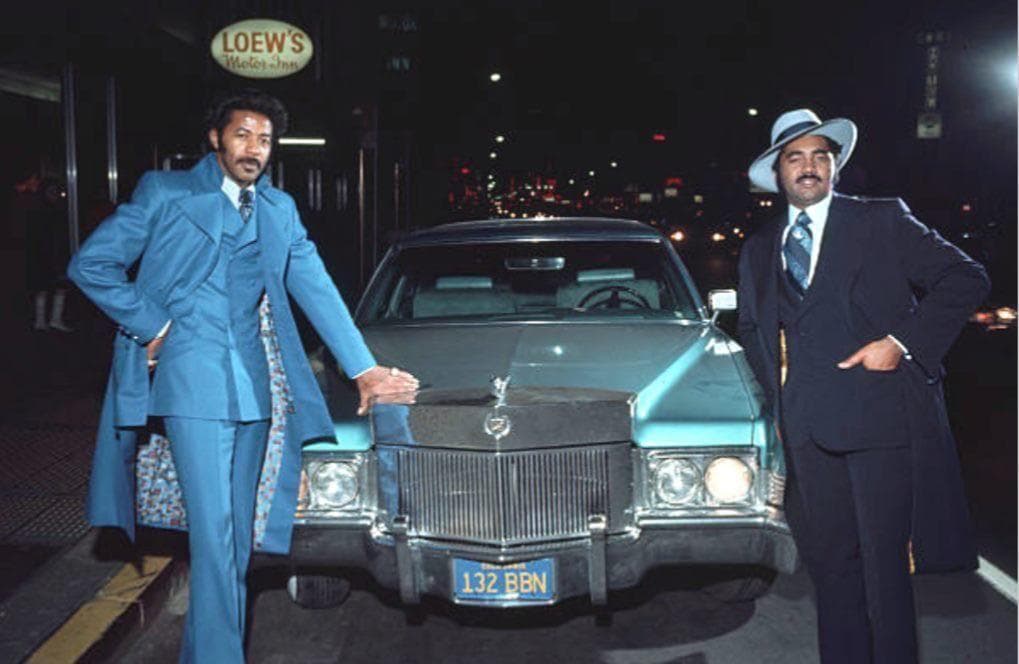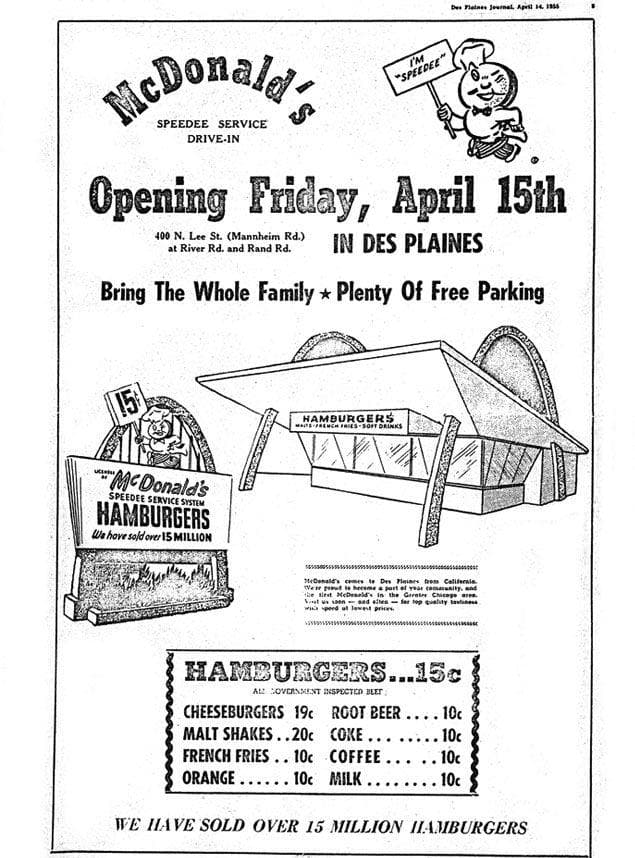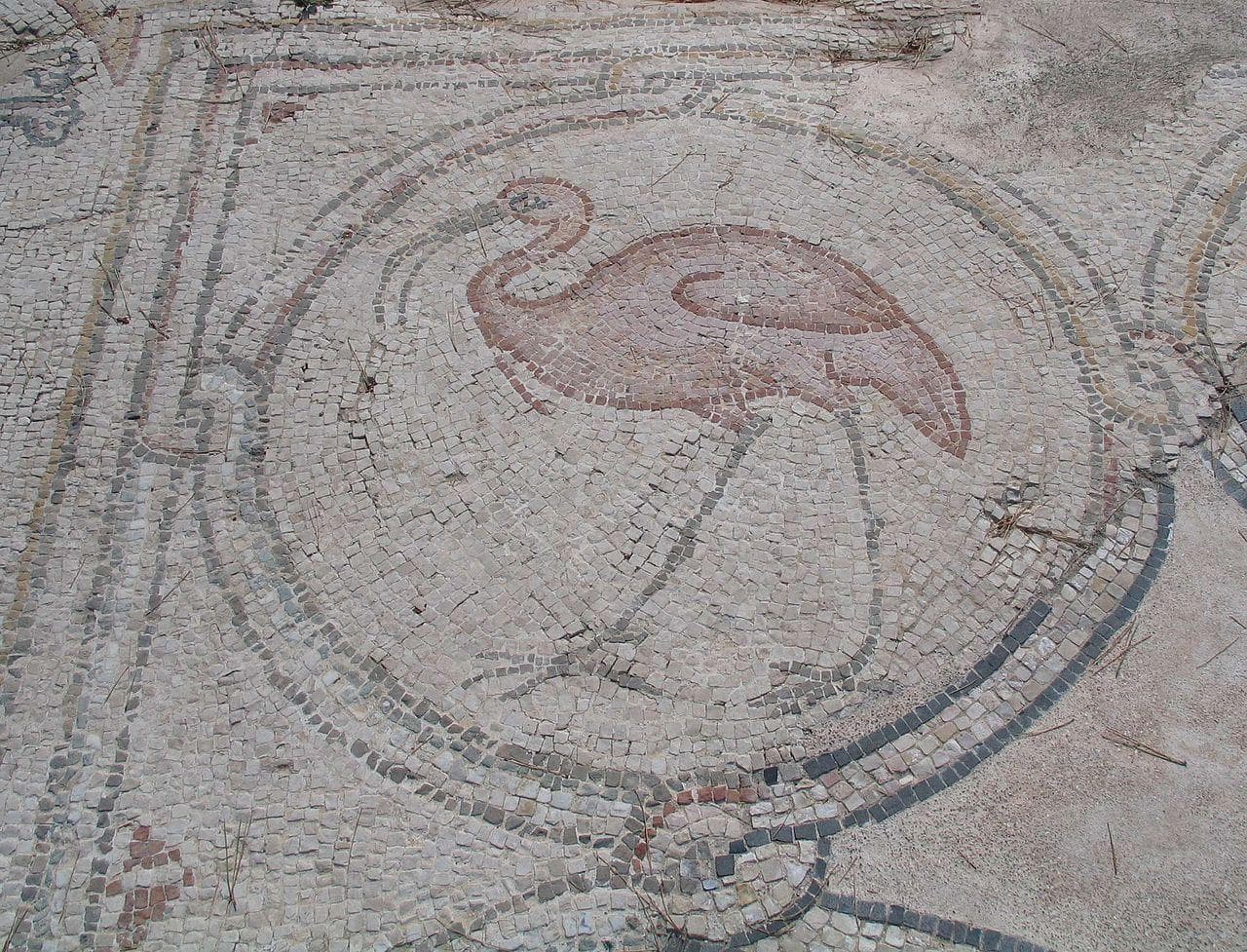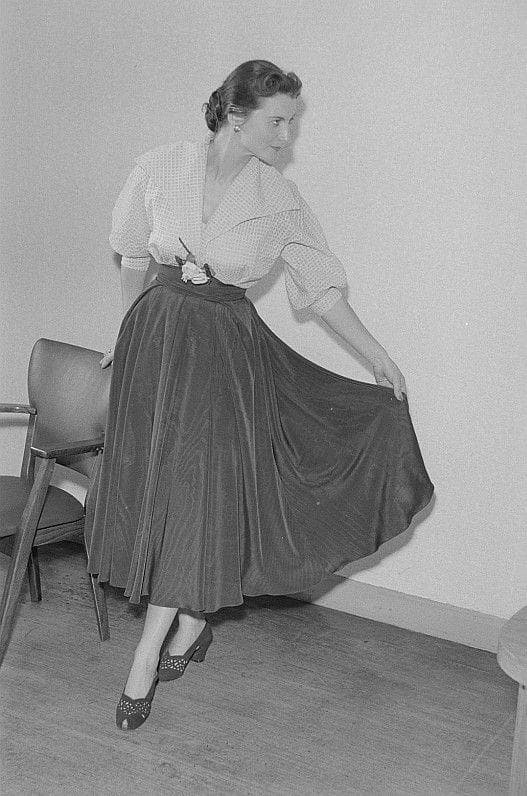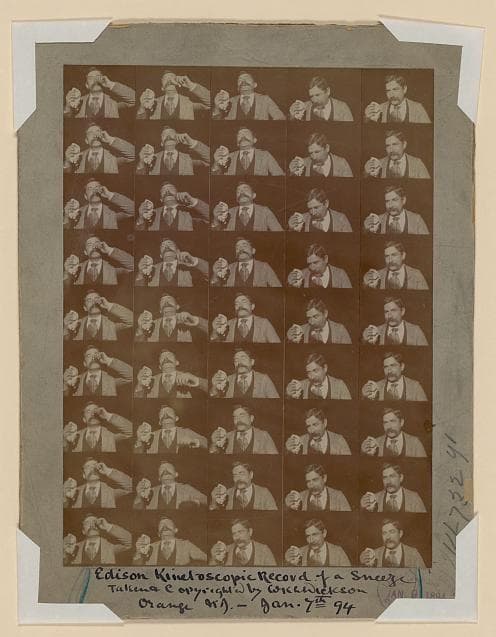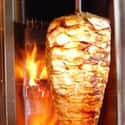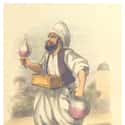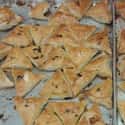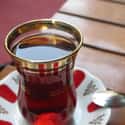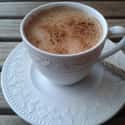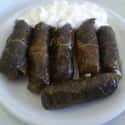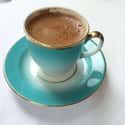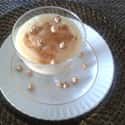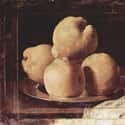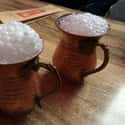-
(#1) Baklava
The Ottoman sultans had their own confectionery kitchen that whipped up treats for the palace. The kitchen specialized in sweets, jams, juices, and syrups. And baklava was one of the most luxurious desserts. While baklava dates back thousands of years - at least to the ancient Assyrians - the Ottomans perfected it. At Istanbul's Imperial Palace, the kitchen baked delicious baklava treats. In 1473, a kitchen notebook recorded the making of baklava.
For centuries, only the wealthy could afford it. Even today, Turks sometimes use the expression, "I am not rich enough to eat baklava every day." The time-consuming desert is made from paper-thin pastry layered with nuts and honey.
-
(#2) Doner Kebab
Turkish kebab has a long history, and legends tell of Turkish warriors eating grilled meat off their sabers. Sultans also enjoyed a good kebab, including the 19th-century Sultan Abdulaziz, who ordered takeaway kebab from a famous kebab house near his country lodge.
Today's most famous Turkish kebab is döner kebab (also called döner kebap), which was probably developed in the 19th century. The grilled meat is shaved off a vertical rotisserie. Ottomans ate the meat much like a Greek gyro or Arab shawarma, both of which are dishes derived from the Ottoman invention.
-
(#3) Sherbet
Ottoman sherbet isn't exactly the rainbow sherbet you might remember from childhood. Instead, the Ottomans drank sherbet, which they created from crushed fruit mixed with herbs and flowers. The sweet drink was popular before and during meals as a refreshing treat. One recipe called for syrup made from quince, apple, pear, peach, and apricot, which was then combined with iced spring water.
In fact, Turkish sherbet was often translated into English as "syrup," since Ottomans mixed the fruit syrup with water, ice, or snow to create delicious treats.
-
(#4) Börek
Since at least the days of Mehmet the Conqueror in the 15th century, Ottoman sultans dined on börek. Still popular today, the flaky, savory pastry comes in triangles, crescents, or squares, and is filled with ingredients like lamb, cheese, or vegetables.
Over 500 years ago, Mehmet dined on börek filled with chicken. Other sultans may have eaten börek with many different kinds of imported ingredients. For example, during a diplomatic banquet in 1649, the Ottoman sultan served börek filled with mincemeat, dried apricots, dates, and chestnuts.
-
(#5) Tea
While the Ottomans loved coffee, tea has a shorter history in the country. The Ottomans learned about tea from China, naming it "cay" (pronounced "chai") after the Chinese word for tea. In the late 19th century, an Ottoman governor promoted tea's health benefits. Around the same time, the Ottomans tried to grow their own tea, which didn't catch on until after the fall of the Ottoman Empire.
Ottomans brewed tea in the Russian style, using a multilayered pot to boil water and create an intense, concentrated drink. Drinkers can dilute the strong tea with water. Today, Turks drink their tea with a cube or two of beet sugar, mellowing the strong flavor.
-
(#6) Salep
The Ottomans loved to drink salep, a warm, milky beverage made from ground orchids. Ottomans ground the dried roots of wild Anatolian mountain orchids to create salep flour, the main ingredient in the drink. They then mixed salep flour with milk, rosewater, and sugar. The end result was a sweet, luxurious beverage.
Salep flour was so popular that the Ottomans added it to their confections, including ice cream, in part because salep was considered an aphrodisiac.
-
(#7) Pilaf
Pilaf dates back to at least 1404, when the Turko-Mongolian Emperor Timur served "rice prepared in several ways" at a banquet. By the 16th century, Turkish varieties of pilaf were served in Iran. Rice pilaf was a staple of Ottoman cuisine, and it especially caught on in the Persian Empire, which was often a rival of the Ottomans.
An Ottoman traveler in the 17th century marveled at the 40 different kinds of pilaf made in Tabriz, a Persian city that was occupied by the Ottomans at several points throughout history.
-
(#8) Dolma And Sarma
The Ottomans loved stuffed dishes. An entire genre of Ottoman cooking focused on dolma (stuffed) and sarma (wrapped) foods. One 1539 meal featured stuffed slow-roasted goose and almond pilaf in a flatbread wrapper. When the Turks conquered Constantinople in 1453, Sultan Mehmet discovered his love of dolma, or vegetables stuffed with meat. At first, the dish only appeared on the Sultan's plate, but the trend quickly spread.
The Ottomans also learned to wrap vegetables, spices, and rice in grape leaves, which they called sarma after the wrapping process.
-
(#9) Bread With A Chickpea Cinnamon Spread
The Ottoman Imperial Palace had its own ovens to bake bread. The Ottomans saw bread as a staple, baking at least 46 types of bread. A popular kind was called "has ekmek," a soft, white bread sprinkled with seeds. Kitchen records show that bakers sometimes added fennel juice to the dough, and Mehmed the Conqueror dined on bread with melted animal fat.
In the 15th century, the Ottomans dipped bread into a chickpea spread made with cinnamon, pine nuts, and currants, thought to be the ancestor of hummus.
-
(#10) Turkish Coffee
Ottoman sultans had a love-hate relationship with Turkish coffee. In the 16th century, a governor from Yemen introduced the beverage to Sultan Suleiman, who quickly became a fan. The bitter, thick drink was incredibly popular in Istanbul and across the Ottoman Empire until a 17th-century sultan, Murad IV, outlawed coffee. Murad declared it an indecent drink, threatening to take the heads off any coffee drinkers.
Turkish coffee has a distinctive taste and consistency. One Istanbul cafe promises that its coffee is "so thick even a water buffalo wouldn't sink in it." Made from ground coffee beans boiled in a brass pot, Turkish coffee packs a dense punch.
-
(#11) Boza
Boza predates the Ottomans by centuries; however, as the Ottoman Empire grew, it spread the drink's popularity. To make boza, Ottomans boiled millet in water, then sieved it and added sugar. The pudding-like drink also contained alcohol during the Ottoman heydey because the millet fermented.
In the 17th century, Sultan Mehmet IV banned boza because of its alcoholic content, a ruling that not everyone followed. In the 19th century, a new non-alcoholic version became even more popular. Today, Turks continue to drink boza, especially in the winter.
-
(#12) Sultan's Delight
Hünkar beğendi, also known as "sultan's delight," literally means "the ruler was pleased." The dish features stewed meat on top of an eggplant paste. An African cook reportedly presented the dish to the 32nd Ottoman sultan, Abdülaziz, in the mid-19th century. However, another source claims the dish was a specialty of "Catholic cooks," most likely French or Italian chefs who worked in the Ottoman palace.
Either way, the dish's name implies the sultan enjoyed his meal.
-
(#13) Lamb-Stuffed Quince
While the dish is hard to find today, Ottoman sultans enjoyed roasted quince stuffed with lamb. The savory dish combines the crispness of the roasted fruit with a stuffing made from lamb, beef, currants, and pine nuts.
Quince is uncommon enough that Batur Durmay, the owner of an Istanbul restaurant that reconstructs Ottoman foods, struggles to find the fruit. Durmay pays fruit vendors to save him the largest, smoothest quinces for his dish.
-
(#14) Ayran
A salty yogurt drink, ayran predates the Ottoman Empire. Thousands of years ago, Turks created ayran by mixing yogurt with water. As the Ottomans conquered much of the Near East, they introduced ayran. The drink, often considered Turkey's national beverage, is also popular in Greece, Iran, and Lebanon.
Often seen as a refreshing summer drink, ayran combines the tartness of yogurt with salt. Ayran is so popular in Turkey today that you can buy it at McDonald's.
New Random Displays Display All By Ranking
About This Tool
Sudan has a long history and is the ancestral home of the people of Nubia. It was a part of ancient Egypt from 2800 BC to 1000 BC. In 950 BC, it broke away from Egypt and established the Kushi Kingdom. In the 7th century, Arabs moved in, in the 15th century, there was the Phungi Kingdom, in the 17th century, the fur people established the Kingdom of Kurdufān 见 Kordofan and the Sultanate of Darfur. Britain expanded from Egypt to Sudan in the 1870s. 1899 by Anglo-Egyptian Sudan. The condominium was abolished in 1951. Independence as Sudan on January 1, 1956. It was renamed the history of Sudan in 1969 and Sudan again in 1985.
There’s a lot of good food on the streets of Sudan. This random tool generates 14 items that you can find on the streets of Sudan, as well as favorite foods for Sudanese people and tourists. You can find Baklava, Doner Kebab, Sherbet, b örek with this tool.
Our data comes from Ranker, If you want to participate in the ranking of items displayed on this page, please click here.

